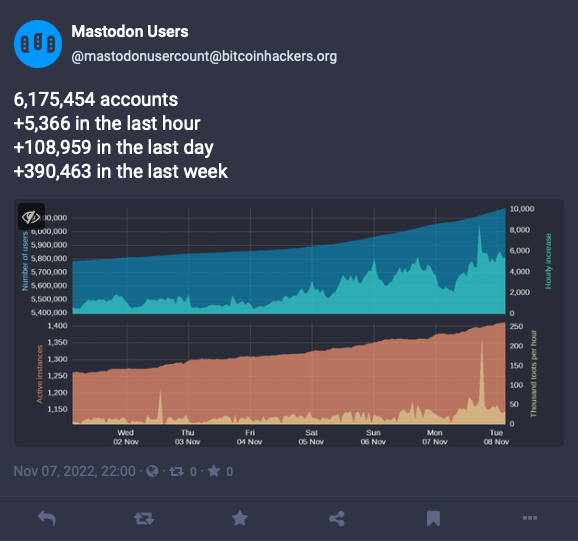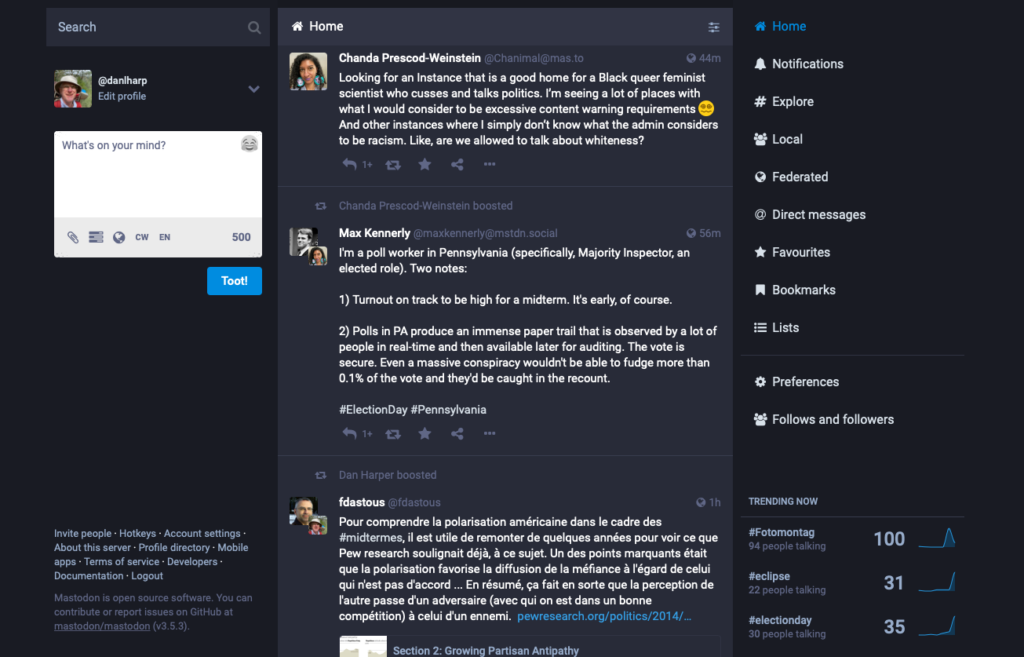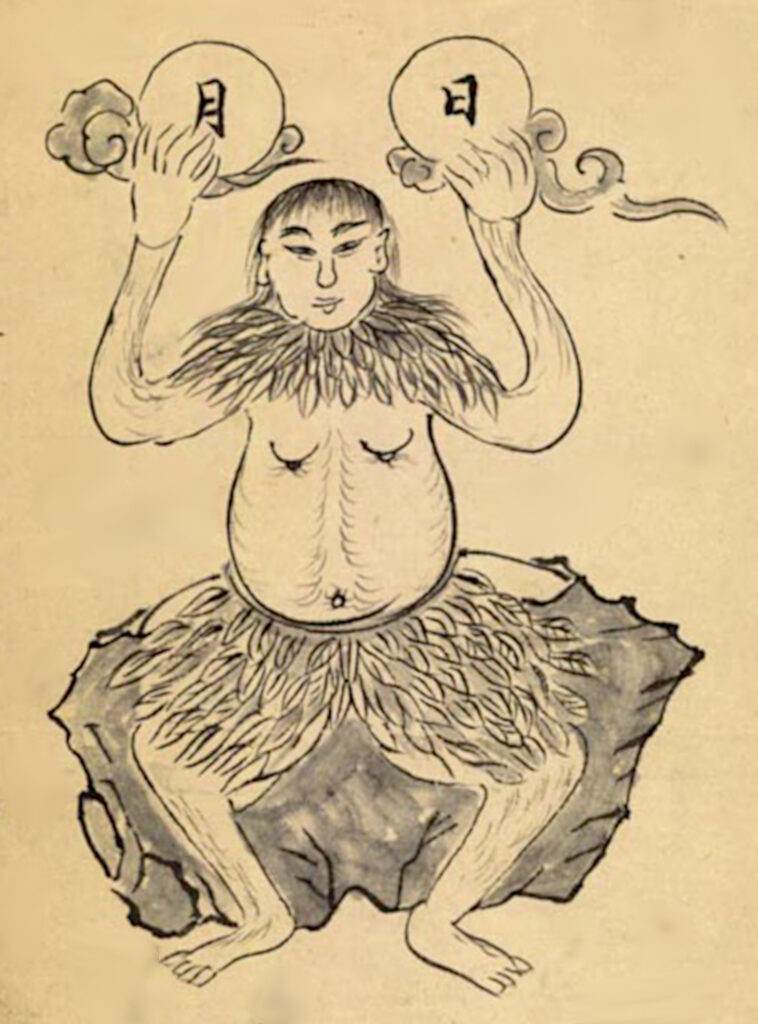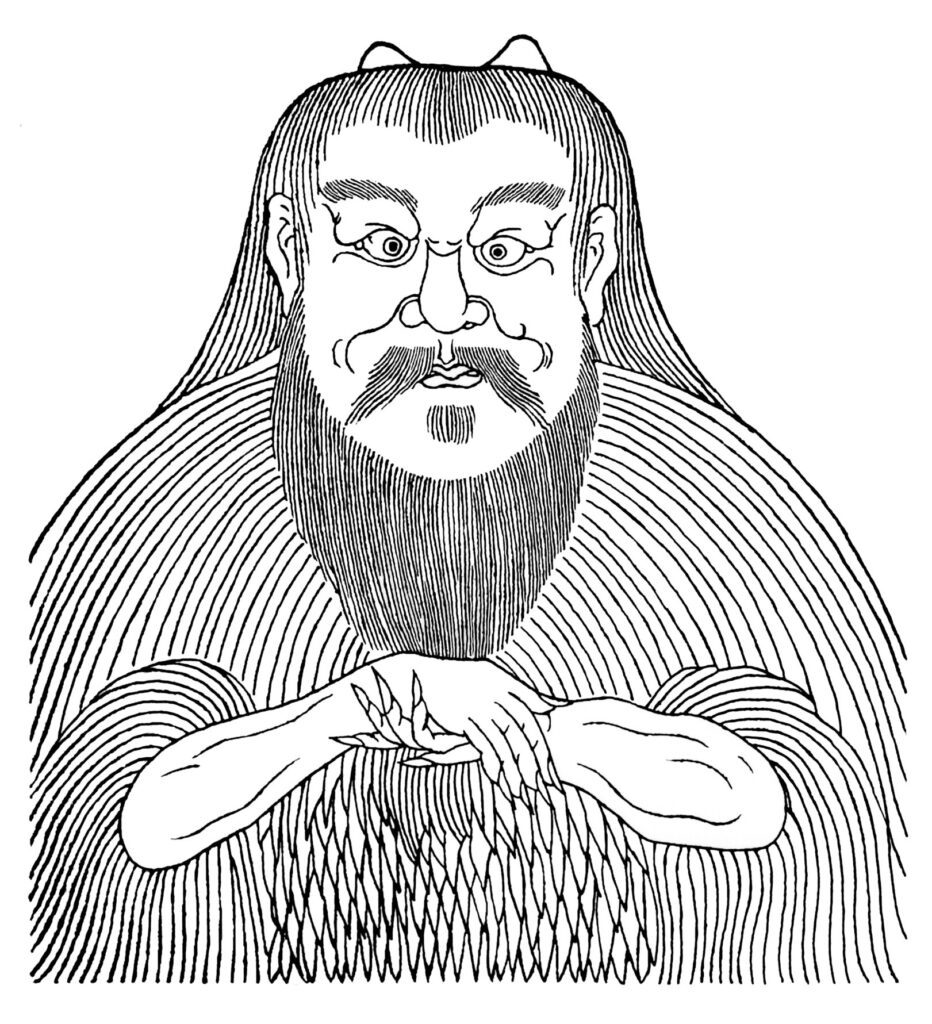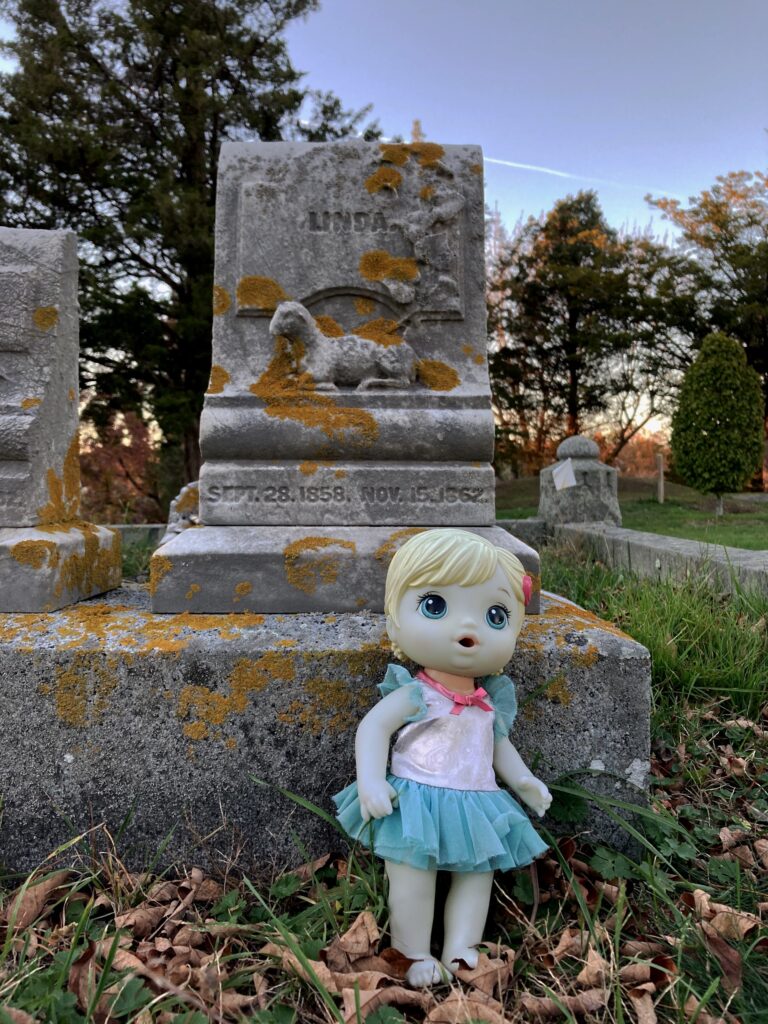In the May, 2022, issue of “St. Anthony Messenger,” a publication of Franciscan Media (Roman Catholic), there was an article by Mark P. Shea titled “I’d Like To Say: Stop Weaponizing the Eucharist.” For those of us who take a pro-choice position, this article contains some observations that we could perhaps agree with. Like this:
“Our [U.S.] abortion policy is, in fact, a triumph of libertarian thinking and the free market. Women can abort or not as they wish…. What drive abortion is not the state but economic pressure. Abortion is primarily pursued as an economic relief valve by women who feel they cannot afford to raise a child. The number one abortifacient in the United States, according to the Guttmacher Institute, is poverty.”
Those of us in the pro-choice camp who are uncomfortable with libertarianism can find a lot to agree with in this statement. Obviously, we want to include other, less common, reasons for abortion (rape, non-viable foetus, extreme birth defects, etc.). But if we want to work towards finding common ground in a polarized political landscape, this would be a good starting point — provide adequate economic support for all pregnant women, and adequate economic support for all families with babies and children and teenagers. The libertarian, free-market approach to raising children is not working.
To prove his point, Shea goes on to note:
“There came a precipitous drop in abortion rates in the 1990s. The reason had nothing to do with the [U.S. Supreme] Court. It was due to Clinton-era policies that took economic pressure to abort off lower-income women. Far from ‘promoting’ abortion, the goal during the Clinon years was, in the words of the administration, to make abortion ‘safe, legal, and rare.’ And the numbers show that Clinton’s policies, in fact, achieved the pro-life goal of reducing abortion.’
I am no fan of Bill Clinton, or his administration. But I agree with Shea that this Clinton-era policy was a good one. This could serve as a common policy goal that could be supported by pro-life and pro-choice advocates together.
Unfortunately, now that Roe has been struck down, I think there may be less incentive for pro-life advocates to work together with us to develop public policies that support families with children. Nevertheless, I feel this is an area where we should be working hard to find common ground in our polarized country. I hope we can make the case that libertarian, free-market policies are not good for children, regardless of the legal status of abortion.

